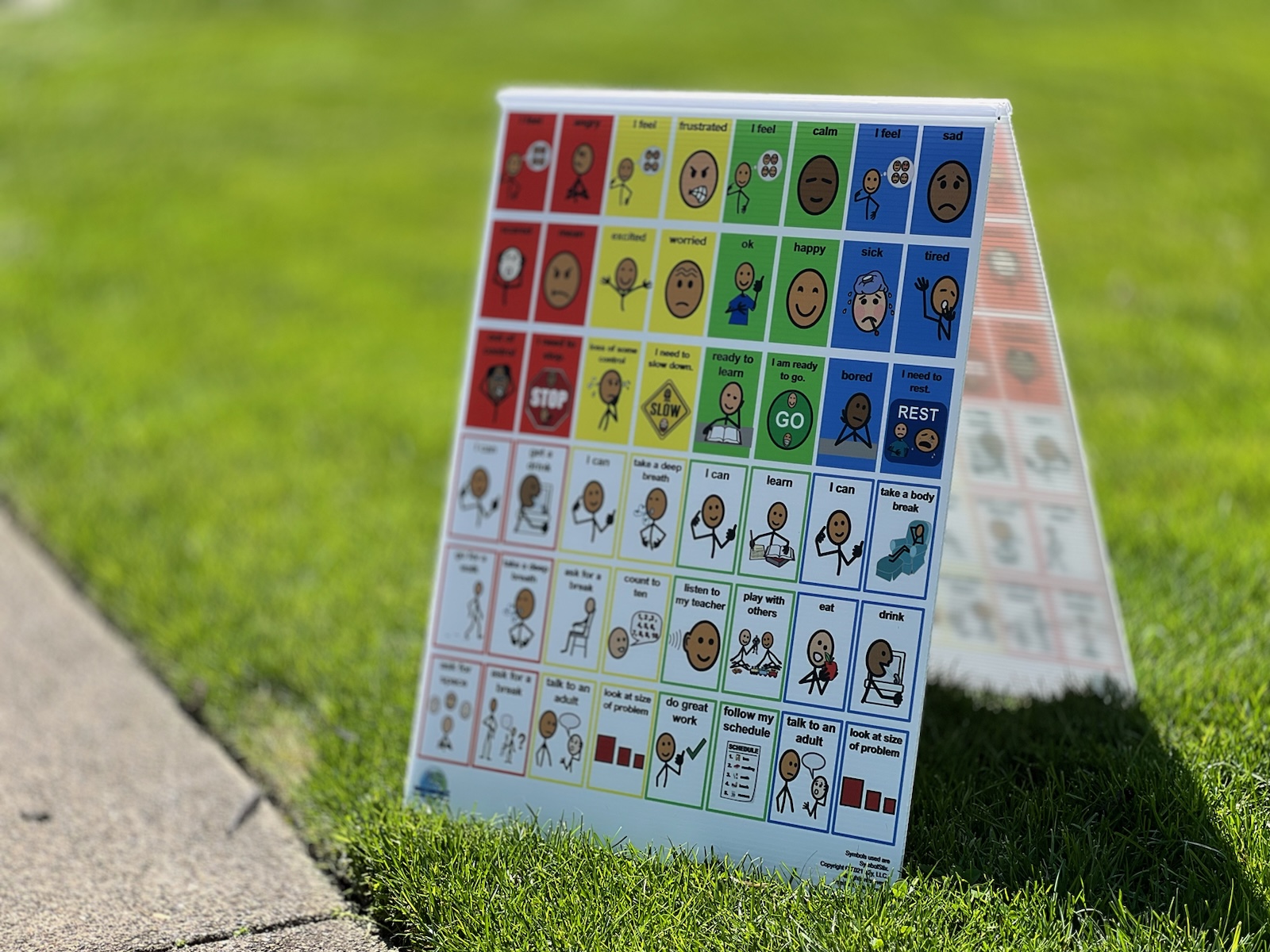Poolside communication boards enhance safety, inclusivity, and accessibility, ensuring everyone—regardless of communication style—has a voice at the pool.
Continue reading7 Important Tips: Adaptive Swimming & Communication Boards
Swim instructors can use communication boards to ensure safety & support individuals with communication differences in adaptive swim lessons for an inclusive experience.
Continue reading5 Ways to Dispel Myths about Alternative Communication (AAC)
Uncover 5 common myths about alternative communication and learn the evidence-based truths that empower AAC users to communicate effectively.
Continue reading5 Important Tips for Supporting AAC Users : How to Empower Communication
Tips for supporting AAC users of all ages for creating an environment to where everyone’s voice is valued and heard.
Continue readingEmotional Balance Boards:How to incorporate at Home, School & Community
Discover how emotional regulation boards help individuals express emotions, build social-emotional skills, and develop coping strategies at school, home, and beyond.
Continue reading10 Tips : How to get Communication Boards in Your Community
Learn 10 key steps to bring a communication board to your community, from planning and funding to installation and education for inclusivity.
Continue readingHow to Create Magical, Inclusive Spaces: Parks & Rec Revolutioning Play
Parks & Rec Dept can make playgrounds and pools more inclusive by adding communication boards, fostering inclusion, safety, and independence for all children.
Continue readingWhat Makes Our Price Savings Commitment Unique?
Passing cost savings to customers shows our commitment to affordable communication boards, empowering lives and fostering trust, accessibility, and inclusion.
Continue readingHow to Enhance Playground Safety: Communication Boards
What happens when a child faces an emergency on aplayground —like getting hurt or feeling lost—and struggles to communicate their needs? This is where playground communication boards become an essential tool for inclusion and safety.
Continue readingCelebrating Thanksgiving: 12 Tips to Support Children with Special Needs
For families with a child on the special needs, celebrating Thanksgiving may require some thoughtful preparation to ensure a comfortable and enjoyable experience. Here are some tips to help you prepare for a meaningful holiday celebration.
Continue reading










